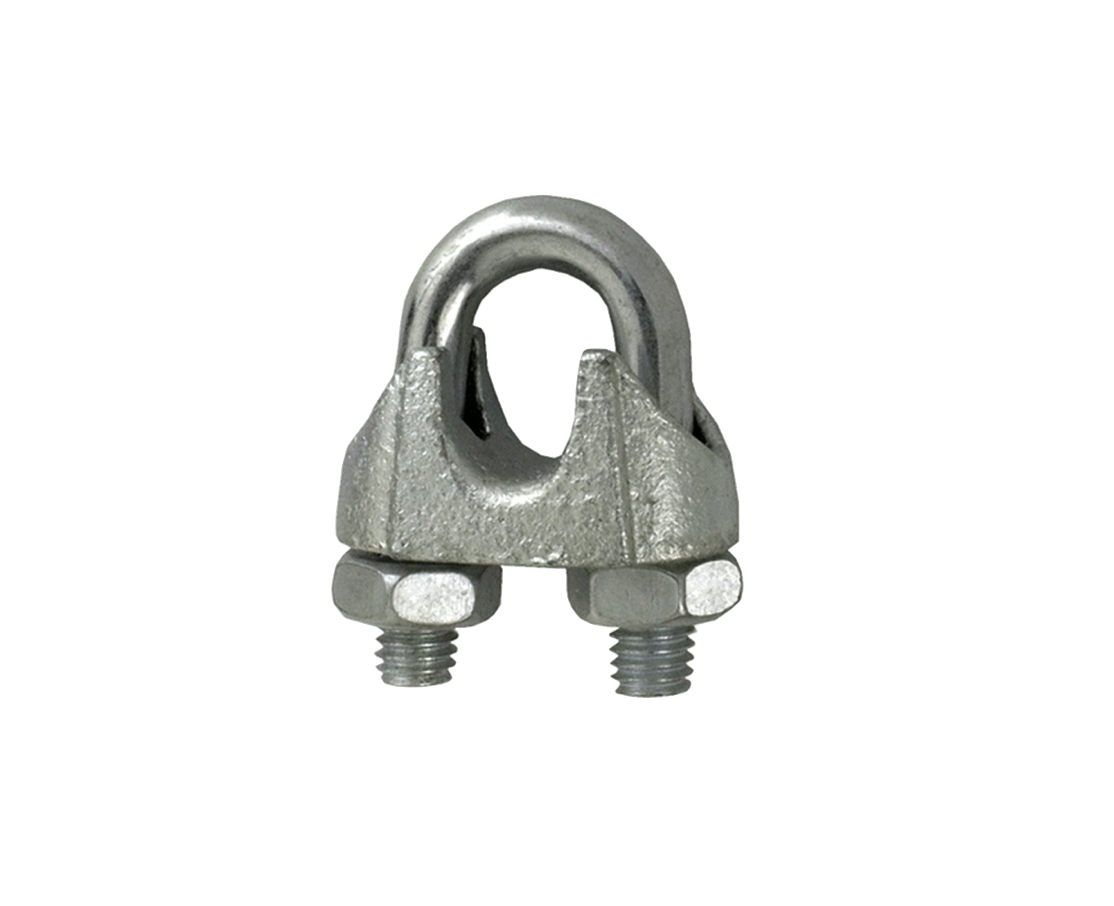News
ное. . 29, 2024 15:59 Back to list
Master links shackles and wire ropes should meet service support requirements for safety and reliability
Understanding the Importance of Master Links, Shackles, and Wire Ropes in Lifting Operations
In the realm of lifting operations, the reliability and safety of the equipment used are paramount. Among the essential components that play a significant role in ensuring the effectiveness of these operations are master links, shackles, and wire ropes. Collectively, these elements form the backbone of lifting systems, providing the necessary strength and durability to support heavy loads securely.
Master Links The Core of Lifting Systems
Master links are integral to any lifting assembly. They serve as a central connection point that joins multiple lifting components, such as hooks and slings, to the load being lifted. The strength of a master link is crucial as it must withstand dynamic loads and shock forces during lifting operations. Master links are typically made of high-grade steel, which provides excellent tensile strength and durability. It is essential to choose master links with appropriate load ratings that exceed the weight of the loads to be lifted, ensuring a margin of safety.
The proper installation and maintenance of master links are equally important. They should be inspected regularly for signs of wear, deformation, or fatigue. Any defects detected should prompt immediate replacement to prevent accidents during lifting.
Shackles Connecting Components Safely
Shackles are versatile hardware devices used to connect various components within a lifting system. They come in different types, including bolt-type, screw-type, and safety shackles, each designed for specific applications. The choice of the right shackle depends on factors such as load type, environmental conditions, and the lifting mechanism employed.
master links shackles wire ropes must be capable of supporting service

Much like master links, shackles must be constructed with high-quality materials to ensure their load-bearing capabilities. The working load limit (WLL) of a shackle should be adequately noted and never exceeded. Additionally, just like master links, shackles should undergo regular inspection and maintenance. Issues such as rust, cracks, or deformation can compromise their integrity, leading to failures during lifting operations.
Wire Ropes The Strength Behind Lifting
Wire ropes serve as the lifeline in lifting operations, providing the necessary tensile strength to raise and lower loads safely. They are made from numerous strands of metallic wires twisted together, which allows for flexibility and strength. When selecting a wire rope, factors such as diameter, material grade, and construction type should be taken into consideration to ensure it can bear the intended loads without risk of failure.
Wire ropes are particularly susceptible to wear and tear, especially in harsh environments. Regular inspections for signs of fraying, corrosion, and deformation are critical for preventing catastrophic failures. Moreover, proper storage and handling practices can extend the lifespan of wire ropes, ensuring they remain capable of supporting service.
Conclusion Prioritizing Safety and Reliability
In conclusion, the interplay between master links, shackles, and wire ropes is fundamental to the safety and efficiency of lifting operations. Each component must be carefully selected, maintained, and inspected to ensure they meet the necessary standards and regulations. Investing in high-quality materials, understanding load requirements, and adhering to safety protocols can significantly mitigate risks and enhance the reliability of lifting systems.
By acknowledging the importance of these components and committing to their proper usage, operators can create a safer working environment that protects both personnel and equipment. Ultimately, the capability of supporting service fundamentally hinges on the integrity and reliability of the lifting components employed. Emphasizing safety in all lifting operations is not just a regulatory requirement; it is a responsibility that ensures the well-being of everyone involved.
